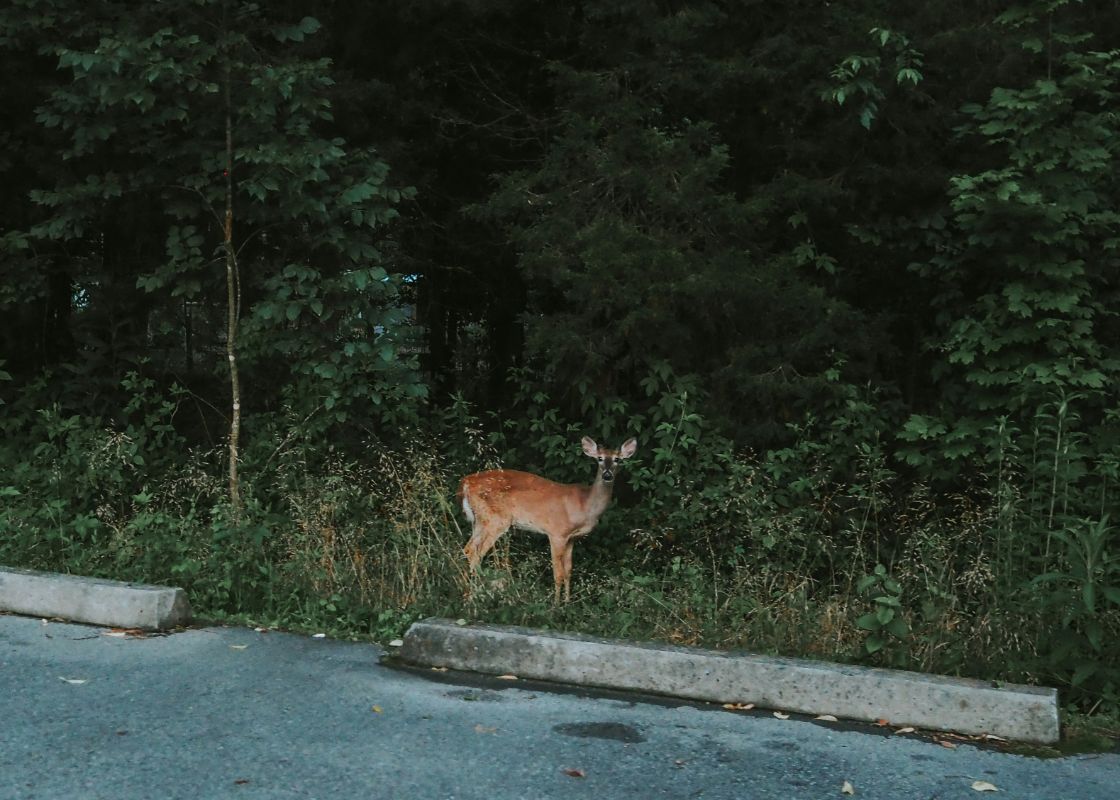Wildlife Watching Guide: Best National Parks for Animal Encounters

Discover the top national parks for wildlife viewing and learn expert tips for spotting animals safely and responsibly in their natural habitats.
Wildlife Watching Guide: Best National Parks for Animal Encounters
One of the most magical experiences in any national park is encountering wildlife in their natural habitat. From massive bison roaming across open plains to elusive mountain lions prowling through forests, these protected areas offer some of the best opportunities for animal sightings in North America. Here’s our guide to the top parks for wildlife enthusiasts and some tips for responsible viewing.
Best National Parks for Wildlife Watching
1. Yellowstone National Park
Star Species: Wolves, bison, grizzly bears, elk, moose, pronghorn, black bears
Known as America’s Serengeti, Yellowstone’s Lamar Valley is widely considered the best wildlife watching destination in North America. The reintroduction of wolves in the 1990s restored the natural ecosystem, creating a complete predator-prey dynamic that visitors can observe. Early mornings in the Lamar and Hayden Valleys offer the best chances to see large mammals, including the park’s famous bison herds, which can number in the thousands.
Viewing Tip: Bring a spotting scope or powerful binoculars, especially for wolf watching. The Lamar Valley at dawn is prime time for predator activity.
2. Everglades National Park
Star Species: American alligators, manatees, dolphins, panthers, roseate spoonbills, wood storks
This unique ecosystem is a paradise for bird watchers and reptile enthusiasts. The Anhinga Trail is famous for up-close alligator sightings, while the Shark Valley area offers abundant wildlife viewing from its observation tower. The park’s mangrove waterways provide sanctuary for manatees and dolphins, best spotted during a kayak tour of the Ten Thousand Islands area.
Viewing Tip: Winter (December through April) is the dry season and offers the best wildlife concentration around remaining water sources.
3. Grand Teton National Park
Star Species: Moose, bison, elk, black bears, grizzly bears, beavers, bald eagles
With the dramatic Teton Range as a backdrop, wildlife viewing here is both productive and photogenic. Moose are frequently spotted in willow flats and along the Snake River. Oxbow Bend is a hotspot for moose, beaver, and waterfowl, especially at sunrise and sunset.
Viewing Tip: The Mormon Row area is excellent for combining historic barn photography with bison sightings during summer months.
4. Olympic National Park
Star Species: Roosevelt elk, black bears, mountain goats, sea otters, gray whales, seals, sea lions
Olympic’s diverse ecosystems—from glaciated mountains to old-growth rainforests to wild coastlines—harbor an incredible variety of wildlife. The Hoh Rain Forest is prime Roosevelt elk territory, while the coastal portions of the park offer tidepooling and marine mammal sightings.
Viewing Tip: Visit the Kalaloch and Ruby Beach areas during low tide for tidepooling, and scan the water for whales during their spring migration (March-May).
5. Denali National Park
Star Species: Grizzly bears, wolves, moose, caribou, Dall sheep, golden eagles, foxes
With limited road access and vast wilderness, Denali provides some of the most authentic wildlife viewing experiences. The park’s transit buses offer an excellent platform for spotting animals across the open tundra landscape.
Viewing Tip: The Eielson Visitor Center area (mile 66 on the park road) offers some of the highest concentrations of grizzly bear sightings.
Wildlife Watching Tips
1. Timing Is Everything
Most animals are most active at dawn and dusk—periods photographers call “the golden hours.” Plan your wildlife excursions for early morning or late afternoon for the best viewing opportunities and optimal lighting for photography.
2. Learn Proper Distance Guidelines
Different parks have different distance requirements, but the general rules are:
- Stay at least 100 yards (91 meters) from bears and wolves
- Stay at least 25 yards (23 meters) from all other wildlife
- Never approach wildlife—use binoculars or telephoto lenses instead
3. Look for Signs
Learn to recognize animal tracks, scat, and other signs like rubbed trees, wallows, or scrapes. These indicators can help you determine which animals frequent an area even if you don’t see them immediately.
4. Be Patient and Quiet
Wildlife viewing rewards patience. Find a promising spot with good visibility, sit quietly, and wait. Many experienced wildlife watchers bring a folding stool and spend hours in one location.
5. Bring the Right Gear
Essential wildlife watching equipment includes:
- Binoculars (8x42 or 10x42 are recommended)
- Spotting scope for distant viewing
- Field guide for identification
- Camera with telephoto lens
- Comfortable, weather-appropriate clothing in neutral colors
6. Practice Ethical Wildlife Photography
- Never bait, call, or otherwise lure animals
- Don’t use flash photography around wildlife
- Avoid disturbing an animal’s natural behavior
- Never put yourself or wildlife at risk for a photo
7. Join a Ranger Program
Many parks offer ranger-led wildlife viewing excursions. These programs provide expert guidance, increase your chances of spotting animals, and ensure you’re viewing wildlife safely and responsibly.
Responsible Wildlife Watching
Remember that we are visitors in these animals’ homes. Keep wildlife wild by following these guidelines:
- Never feed wildlife—it’s dangerous for them and for you
- Store food properly according to park regulations
- Pack out all trash
- Keep pets leashed or leave them at home
- Drive slowly in parks to avoid collisions with animals
- Report injured animals to park rangers rather than approaching them
The national parks offer some of the last great refuges where we can connect with wild animals in their natural environment. By following these guidelines, you’ll not only have more meaningful wildlife encounters, but you’ll also help ensure these magnificent creatures remain wild for generations to come.
Have you had a memorable wildlife encounter in a national park? Share your experience in the comments below!
